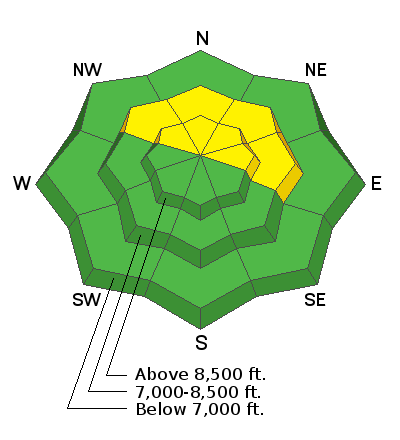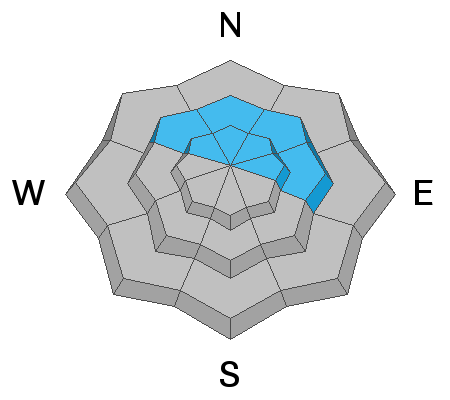Forecast for the Ogden Area Mountains

Issued by Nikki Champion on
Friday morning, March 4, 2022
Friday morning, March 4, 2022
There is a MODERATE avalanche danger for triggering soft slabs 1' to 2' deep, failing on a buried persistent weak layer on mid and upper elevation steep slopes facing west through north and east.
With cooler temperatures and increased cloud cover, the snow on southerly facing slopes shouldn't heat up too much today to cause many wet avalanches but pay attention to changing conditions and be prepared to alter your plans if you see the snow heating up and becoming wet, or we get rain on snow.
Heads up! With new snow in the forecast, the avalanche danger will be on the rise starting this afternoon. Avalanche danger will likely remain elevated through the weekend and into early next week.

Low
Moderate
Considerable
High
Extreme
Learn how to read the forecast here







